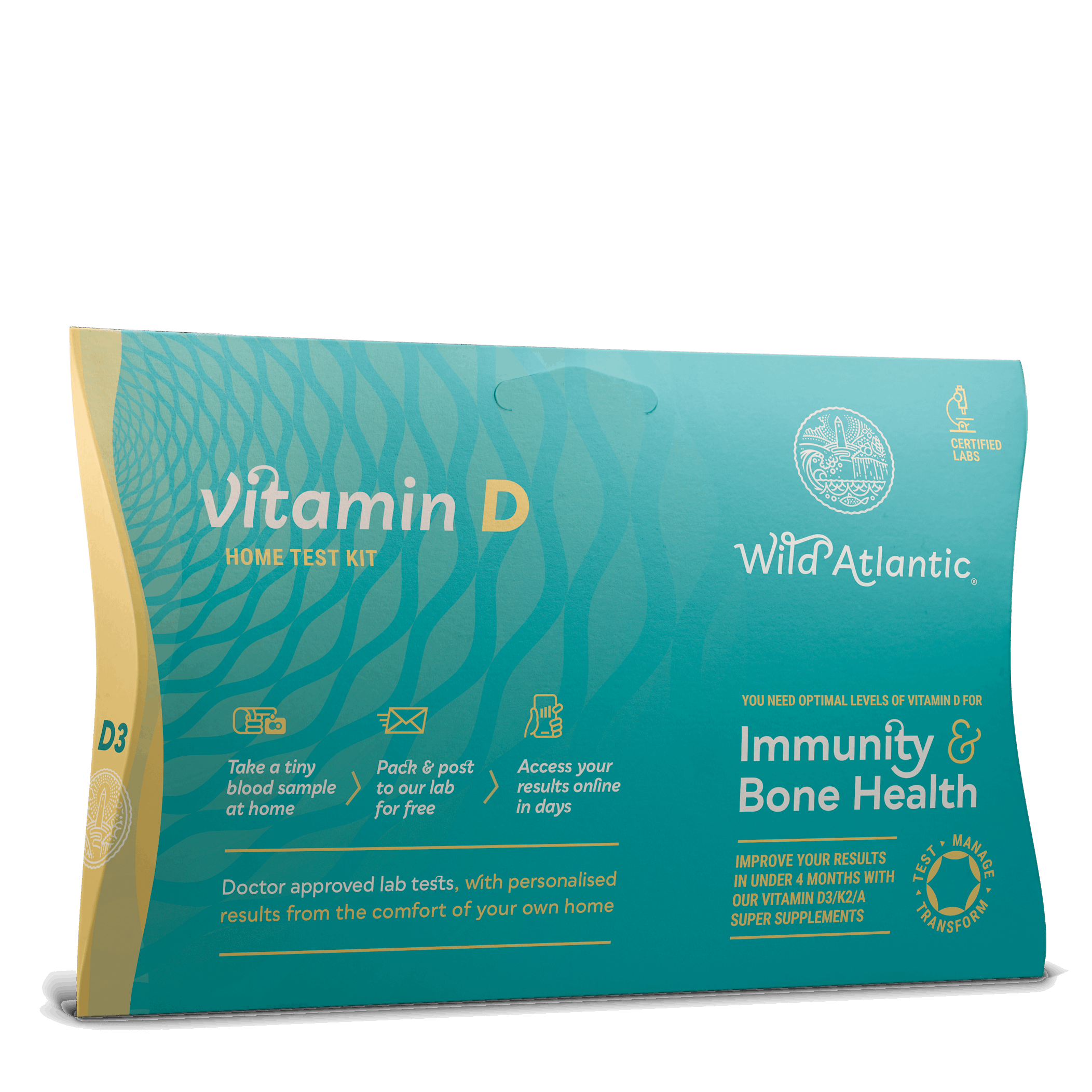Vitamin D Calculator
How much Vitamin D do I need to reach a desirable blood level?
This recommendation is meant to be a guide for how much supplemental Vitamin D you may need in your diet to reach your Vitamin D blood target, based on research by van Groningen et al. 2010. Up to 4,000 IU per day of supplemental Vitamin D is considered safe and is set as the upper limit in this calculator. The calculation is only valid for body weights up to 125 kg (275 lbs). Due to the seasonal effect on Vitamin D blood levels, we also suggest testing once per season to adjust your supplementation. Please consult your healthcare provider before making changes to your diet or supplementation regimen.
Your Weight, D3 Levels And Dosage.
As a general guideline, we recommend 1000 IU of Vitamin D per day for every 25 kg (55 lbs) of body weight.
•Taking 1000 IU daily raises Vitamin D levels by approximately 12.5 nmol/L (5 ng/mL).
For example:
A person weighing 68 kg (150 lbs) with a Vitamin D level of 37.5 nmol/L (15 ng/mL) and already taking 1000 IU/day would need to increase their intake to over 2800 IU/day to reach a target level of 75 nmol/L (30 ng/mL).
Someone weighing 90 kg (200 lbs) with the same current and target Vitamin D levels would require at least 3400 IU/day.
Note: Factors like being overweight or older can reduce the amount of Vitamin D in the bloodstream, so higher doses may be needed in these cases.

How Can You Find Out Your Vitamin D level?
You will need to take a Vitamin D test to find out your level in order to use the Vitamin D Calculator.
Vitamin D Test
The Vitamin D Test measures the amount of this important nutrient in your blood. using a simple finger prick collection method that you can do at home..


What Kind Of Vitamin D. Should I Take?
Vitamin D3 is produced when the body is exposed to midday sunlight (ultraviolet B radiation sunlight). Our bodies are amazingly efficient when it comes to producing vitamin D3. Vitamin D3 is typically better absorbed than Vitamin D2 supplements; Vitamin D2 is a vegetarian source
Foods with high levels of Vitamin D include salmon, rainbow trout, herring sardines, liver, eggs, whole milk and mushrooms like portabella, maitakes and white buttons.
Now What?
-
1. Use this information to make changes to your lifestyle, such as supplementing, increasing sun exposure, or making changes to your diet.
-
2. Ensure your Vitamin D level has improved and is maintained by re-testing at least every 6 months.
Join Our Wellness Journey
Be the first to know about new products, health tips, and exclusive offers—delivered right to your inbox. At Wild Atlantic, we believe in simple, sustainable wellness for you and the planet.
Let’s thrive together.